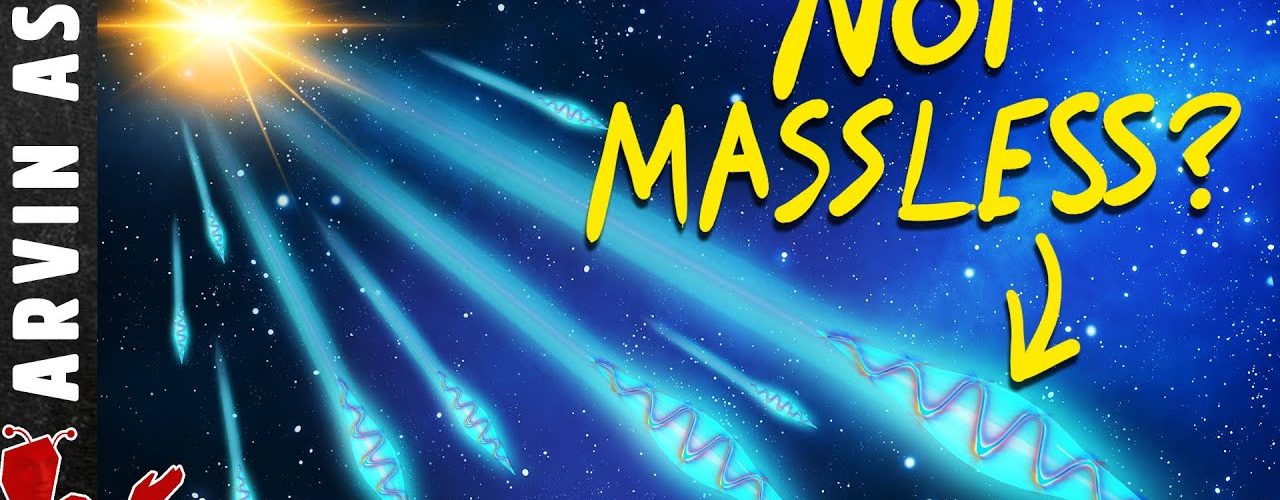“Do photons have mass?” in most textbooks, the answer is no. But is it proven that light does not have any mass? Has anyone every actually confirmed this in a measurement? No.
Einstein’s theory of relativity tells us that massless objects always move at the same velocity in a vacuum, which is the speed of light or 299,792,458 m/s. This assumes that the photon is massless. But it doesn’t have to be. We presume that the photon is massless because we have not measured anything faster.
If a photon has a slight mass, its velocity is not the maximum. Bit since we have not measured anything faster, we presume that the speed of light is the maximum velocity possible.
Conceptually, it doesn’t matter what the speed of light is in special relativity. What matters is the speed of information flow. This is necessary to ensure that causality is not violated. In the case where the speed of light is less than c, then c would represent the speed of information flow, not the speed of light. This speed would be the maximum speed allowed in the universe. So the true limit of special relativity is the speed limit of information flow, not the speed of light.
This would not be a problem in science because since photons are the fastest way we know to send information, it would just mean that we don’t have a way to communicate at the maximum speed, but only at the speed of light, which would be slower than that maximum.
This would not invalidate Relativity theory either. It’s just for practical purposes we state relativity in terms of speed of light, but we could have just as well say speed of causality to be more specific.
The problem is that we actually don’t know if photons really are massless because we have not been able to devise an experiment to truly test this. Experiments tell us that its mass can’t be larger than 10^-18 eV, because we would have been able to detect that mass.
Our theories tells us that it should be massless, but there is nothing else we can measure which could be faster.
There is only one other known particle that is thought to be massless, the gluon, but due to the laws of the strong force, these gluons are not free and are always bound with quarks. So we can’t measure their speed.
The lightest particles we know of neutrinos, would still be around one quintillion times heavier than photons.
If photons have a very slight mass, the universe would not look much different but if it had a significant mass, then we would see some differences. One example would be that the electromagnetic force would become finite.
Another change you would notice with a significantly massive photon is that higher energy photons, that is photons with a shorter wavelength, would travel faster than longer wavelength photons. This probably would not make much of a difference if you were looking at still objects, but a moving object like a fast white car at a distance might look like a blur of colors, with the blues being further away than the red. This is because the blue color within the white of the car would reach your eyes before the red color. Another effect that would come with a massive photon is gravity bending light like a prism.
#photonmass
#photon
The observable universe would appear to be much smaller because light from very far distances would not have reached us yet. The cosmic microwave background, or CMB, might not be visible because its light may not have reached us yet.
Since we don’t have any observations that support a truly massless photon, the possibility that it really does have some mass, at this time, cannot be excluded.







